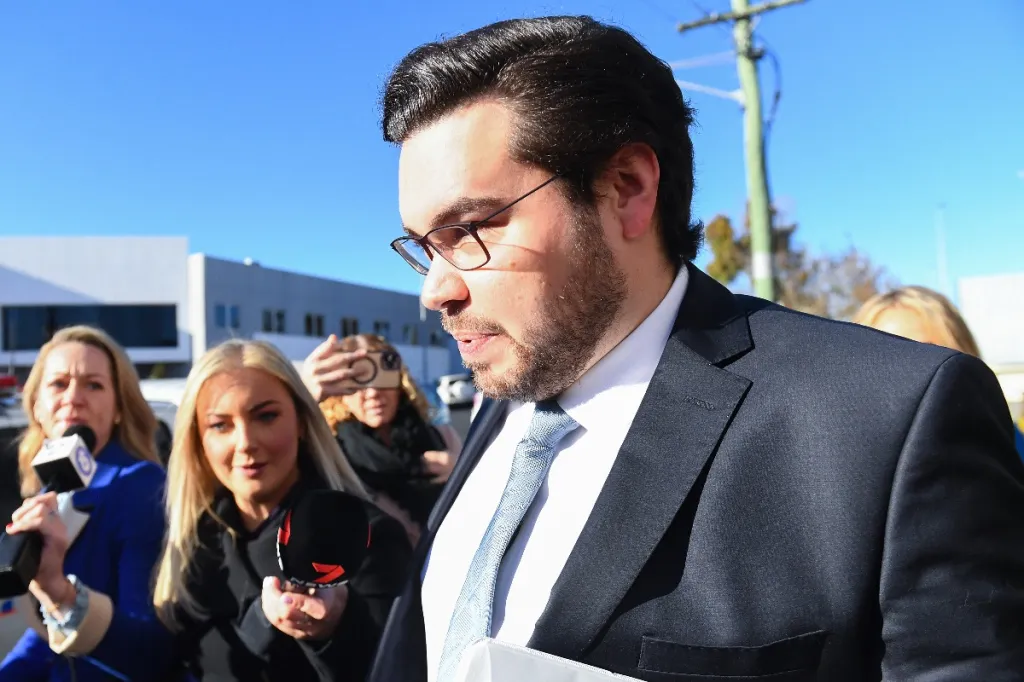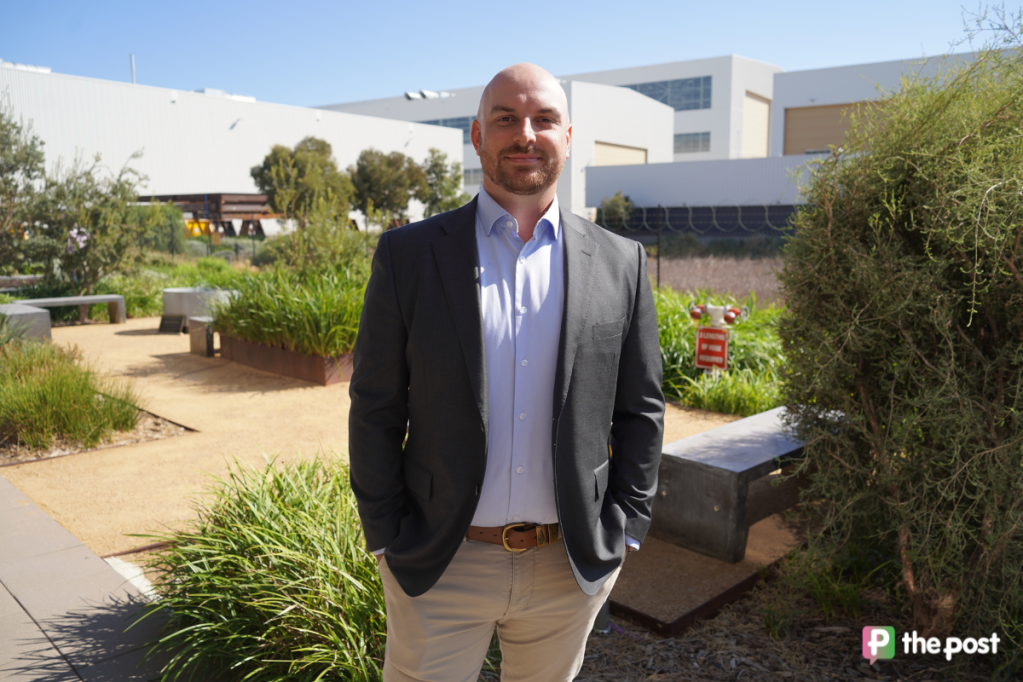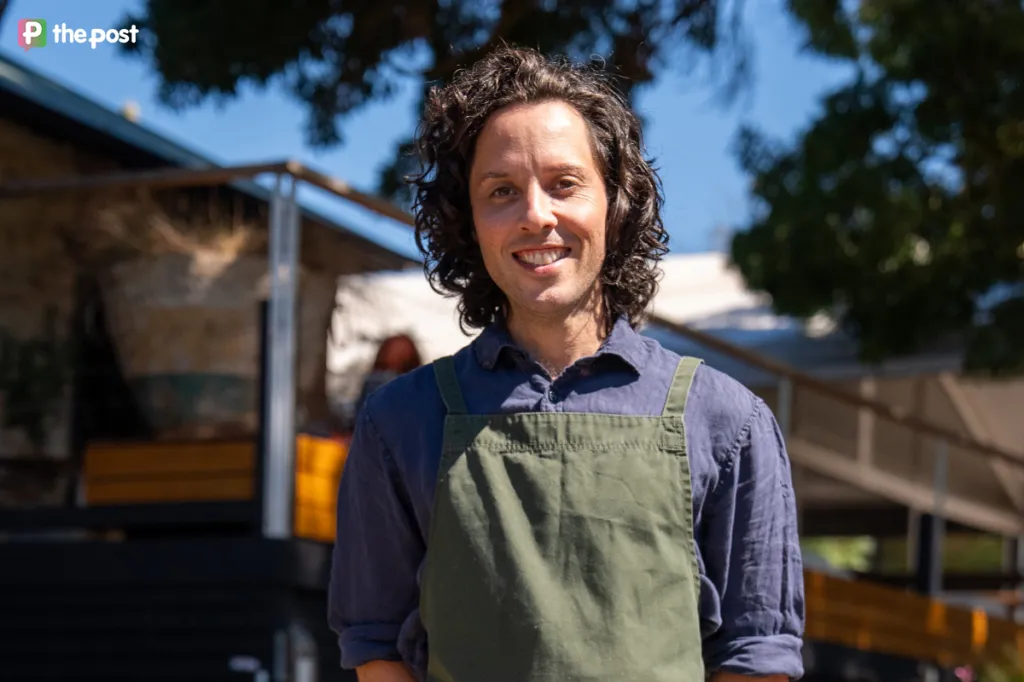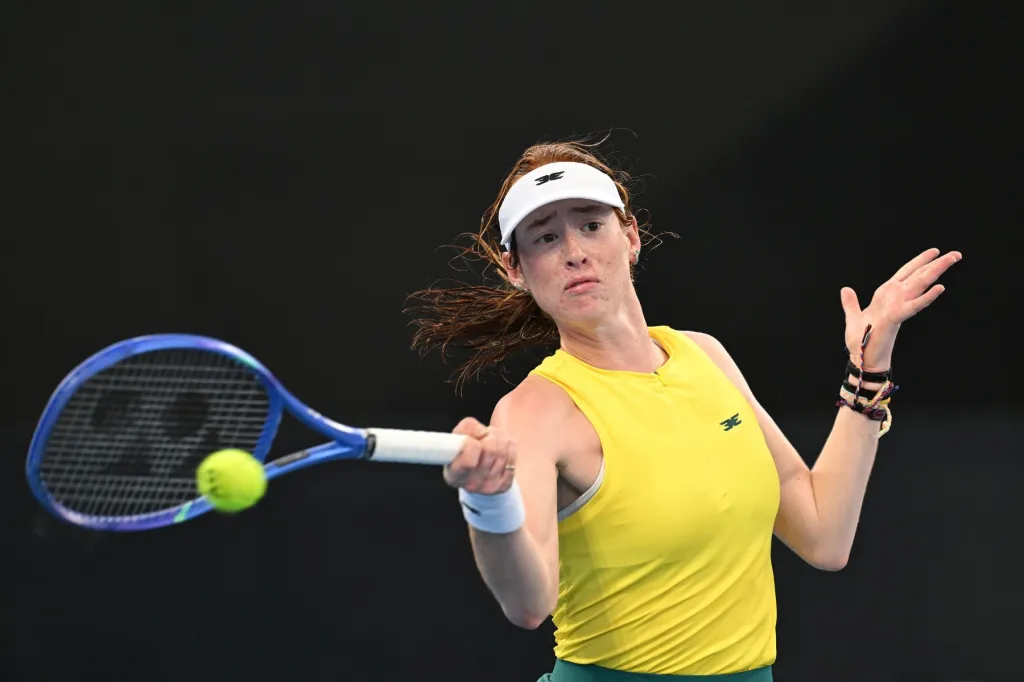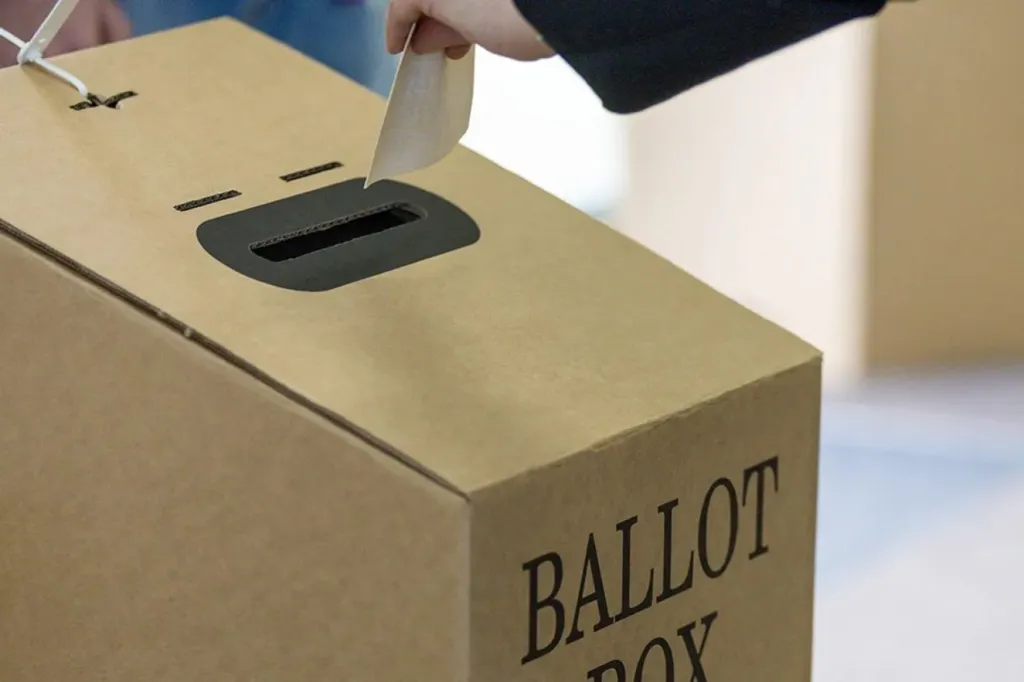Mayors call for support amid ‘beyond repair’ farming season
Leaders of three regional South Australian councils have spoken about the impact of a farming season they say is worse than “the last really bad one” in 1967.
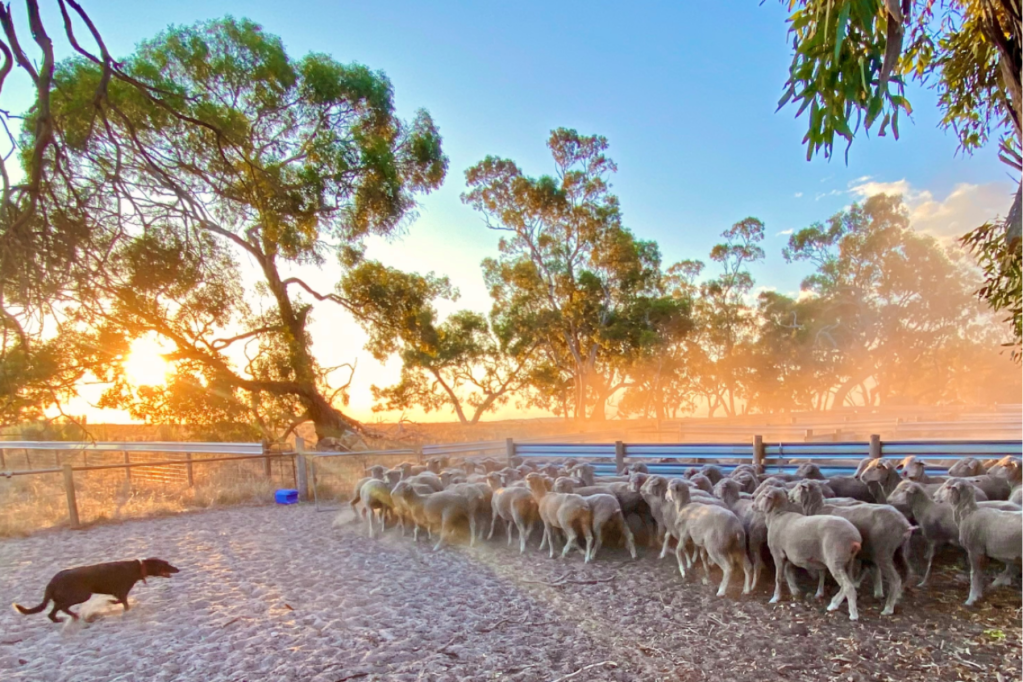
The average daily rainfall in the Goyder Council area in the Mid-North was 1mm from 2019 to 2024. The 2024 daily average is just 0.6mm.
“I think it’s the worst [season] ever. I’m 60, but that’s what the 80-year-olds are saying,” Goyder Council Mayor Bill Gebhardt told InDaily.
“If you go by statistics, it’s worse than 1967, which was the last really bad one.
“It’s gone beyond repair. If you got rain probably, four weeks ago, it had a chance. But now it’s gone beyond repair.”
Gebhardt said the impacts of the season would not just be felt in the regional parts of South Australia.
“It’s going to affect food pricing, it’s going to affect everything, it will have a flow-on effect to the state,” he said.
“The good old farmers and everyone pay a lot of taxes – well, there won’t be any taxes paid. There’ll be no fuel to be delivered because there will be no harvest, so the fuel man is going to have truck drivers he won’t need.
“The livestock are going to need food; I don’t know where you get it from, because South Australia won’t have any. It’s probably going to be interstate and that’s got a big freight bill.
“A lot of people are putting staff off already. When there’s no work and no income, builders are going to find it tough, the community is going to find it tough, the regions are going to find it tough. Everyone will be reducing.”

Goyder Council Mayor Bill Gebhardt said the season had gone “beyond repair”. Photo: Facebook
The mayor said the community was in “disbelief” about the season.
“You’re talking generations, all different generations,” he said.
“The young ones are in just disbelief that it could be this bad, because they’ve never seen it. But the older people have seen it.”
You might like
According to the Bureau of Meteorology, rainfall in August 2024 was the lowest on record for parts of the state.

Map: Bureau of Meteorology
The Goyder region isn’t the only area feeling the impact, with Coorong District Council mayor Paul Simmons telling InDaily it was time to call it a drought.
“To just continue to say it’s dry is not quite accurate,” he said.
“In my view, there’s been a reluctance to declare this a drought. Some people think it will affect farm confidence, some people think it will affect farmers’ mental health.
“What I’m finding in my community is people are really quite aggrieved that this very dreary dry season, otherwise known as a drought, has not even been acknowledged.
“In the Australian context a dry season is a drought. In the South Australian context, we’re a winter rainfall-fed agricultural system in non-pastoral areas, and winter rainfall has fully failed. The autumn rain and the spring rain, they’ve failed. Under any measure, they’ve failed.
“I just think in the colloquial Australian language, it’s a drought. Stop pretending.”
Primary Industries Minister Clare Scriven said in a statement to InDaily that the government was “acutely aware that following some good years, significant parts of South Australia are experiencing dry seasonal conditions”.
“The Australian and South Australian governments have invested in programs to help farmers grow and prepare their businesses for dry conditions,” she said.
“I look forward to meeting with Mayor Paul Simmons to discuss the range of support available.”
Scriven said that under the National Drought Agreement, formal drought declarations have not occurred since 2013. The Australian, state and territory governments have agreed that support provided should be based on need, rather than be activated by drought declarations.
“This is a simpler, fairer, and more proactive approach to providing drought support,” she said.
“It acknowledges that dry conditions don’t hit everyone at the same time, and it is important that farmers who are experiencing the impacts of droughts can access support when they need it.”
But Simmons said there has been a “two-year drought”, with last year’s spring “quite a harsh finish for most South Australian cropping producers”.
“When you get the two years in a row, that’s when it really, really hurts,” he said.
“You can put away significant reserves of hay, grains, and livestock, and still run out. That’s where most people are.”
Simmons said the farmers without livestock, who focus solely on cropping, are really seeing the impact.
“Say, they worked on $1 million of income last year, which would be pretty standard for a full crop farm. They face zero income this year, and it would have cost them a minimum of at least half a million, $600,000, in cash costs to put that crop in.
“Can you imagine if I just told you that you could have no income for the next six months, how does that work out?
Stay informed, daily
“While in theory we should’ve had enough money to put away for the tough years, I guarantee you we haven’t.”

A property at Hallett, 195km north of Adelaide. Photo: Daniel Kitschke
Both Simmons and Gebhardt said the season was past saving.
“If it rains 100 mills tomorrow, for some of us that would help a bit but for a lot of us that would do more damage,” Simmons said.
“I’d say in the last two weeks, it’s turned from hoping, to distressed. The reality set into the croppers that there’s no reprieve.”
Simmons said farmers were facing the stress now of meeting ongoing annual machinery payments, saying on average farmers on $1 million annual income could face around $150,000 of machinery repayments.
“Imagine how you’re feeling right now if you’ve got no income and you’re up to overdraft with the bank. That’s the stress they’re under.
“If you’re a mixed farmer or a fully livestock farmer you’ve probably been de-stocking in the last four weeks, selling stock that your father and your grandfather would have said ‘never sell that many’.
“Because they can see no way forward to feeding them for the next six months.
“Whatever TV you watch, it’s all about floods in New South Wales. When you’re the one that’s missing out, when you’re the one that’s not even getting a mention, that’s what stresses people.”
Simmons, who is seeking a meeting with Premier Peter Malinauskas to discuss support for primary producers, sees the issue from two sides: as a broadacre farmer himself, as well as a mayor.
“Whether it’s concessional loans to council so we don’t have to charge rates for three months or something, I don’t know,” he said.
“We can blame climate change, we can blame interest rates we can blame high input costs, insurance, all you like. But we’re not getting there. Does that mean we’re unviable? That’s a different debate.”

A photo from Will Gebhardt, from a Mount Bryan property named Mokota. Photo: supplied
Caroline Phillips, mayor of Karoonda East Murray council 145km east of Adelaide, wrote a letter to her community yesterday to discuss the “tough agricultural season”.
“I write on behalf of the Council to acknowledge the severe challenges facing our agricultural sector during, what is being recognised as, one of the worst growing seasons on record,” she said.
“The current conditions have placed immense strain on our region’s primary producers, many of whom will endure extreme hardship in future months as a result.
“The impacts of drought, unpredictable weather patterns and challenging soil conditions, have compounded to create an incredibly difficult environment for our farmers to produce the quality yields they strive for year after year.”
All three councils acknowledged the mental impact the season is having, encouraging farmers to reach out to local support services and each other.
The Goyder council is hosting a male-only free event tonight called Chew the Fat, to come together and hear from “a couple of typical Aussie blokes hit by huge personal life challenges”.
“If you had a broken leg, you get help, you’d be honest with your doctor about your leg and you’d be looked after. We need to get to a point in Australia where if we are struggling with our mind, we seek and get that same help,” the brochure said.
“I think the main thing is to start talking, with the governments and everyone,” Goyder Mayor Gebhardt said.
To get help 24/7, phone Lifeline on 13 11 14 or the Suicide Call Back Service on 1300 659 467. If you or someone you know are in immediate danger, phone 000 for emergency services.
Rural and Remote Distance Consultation and Emergency Triage and Liaison Service – 13 14 65

